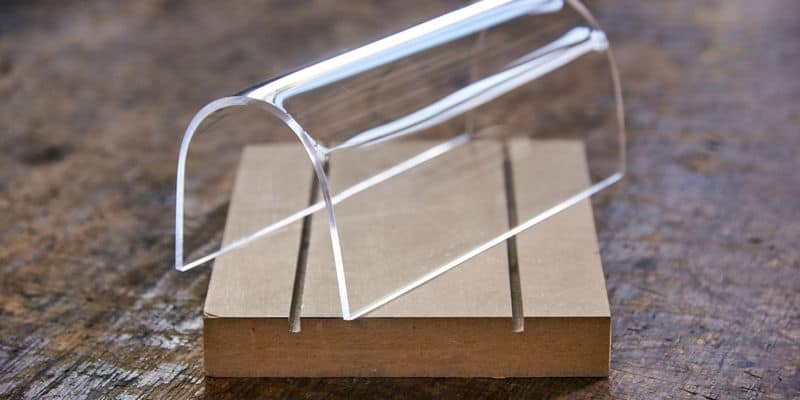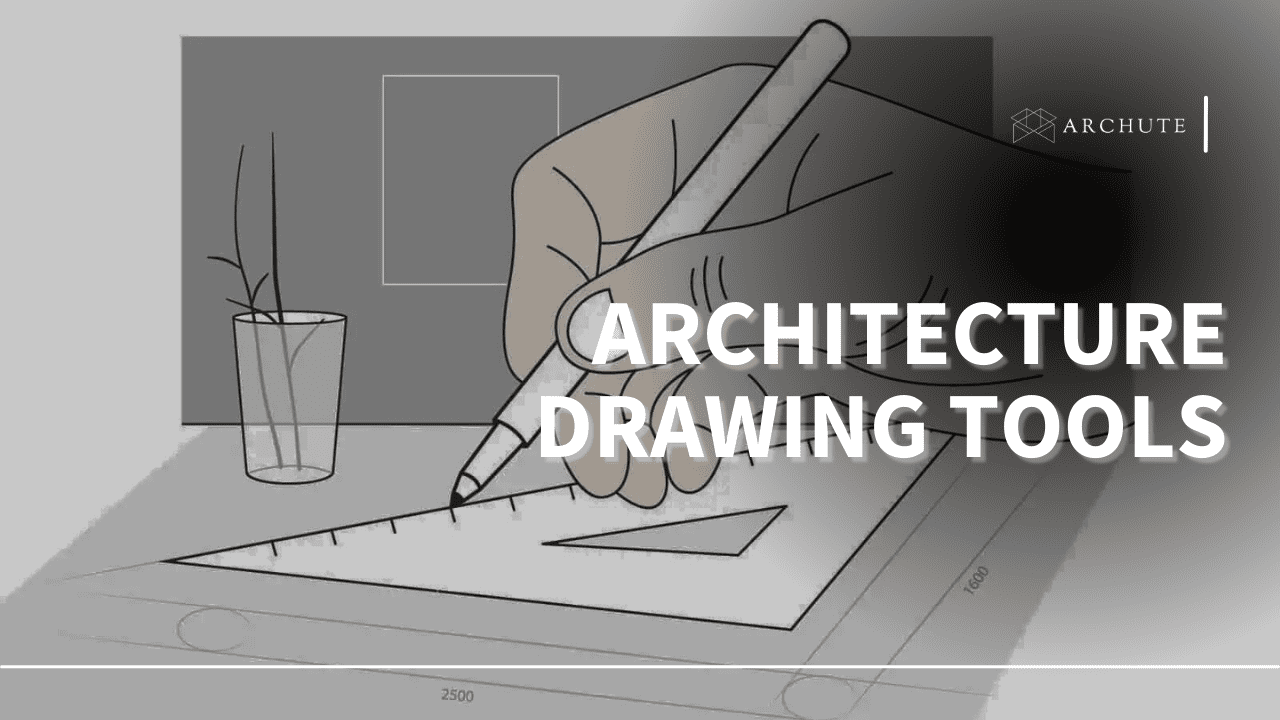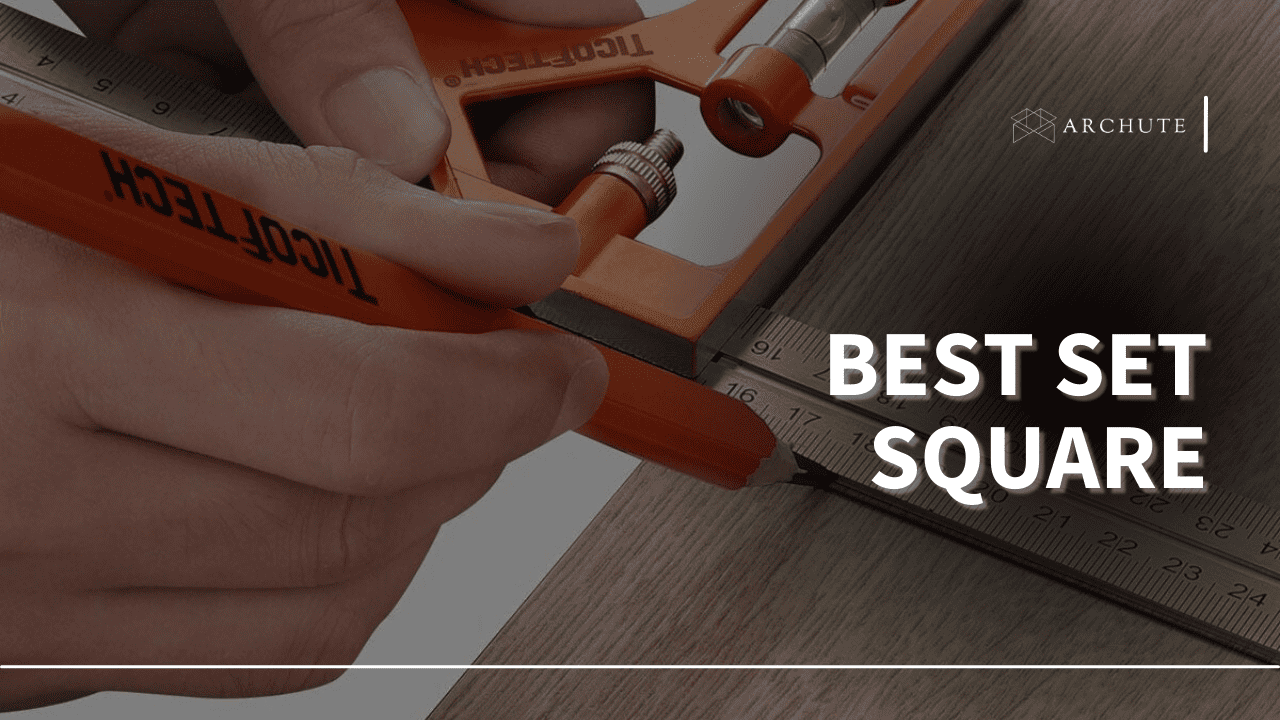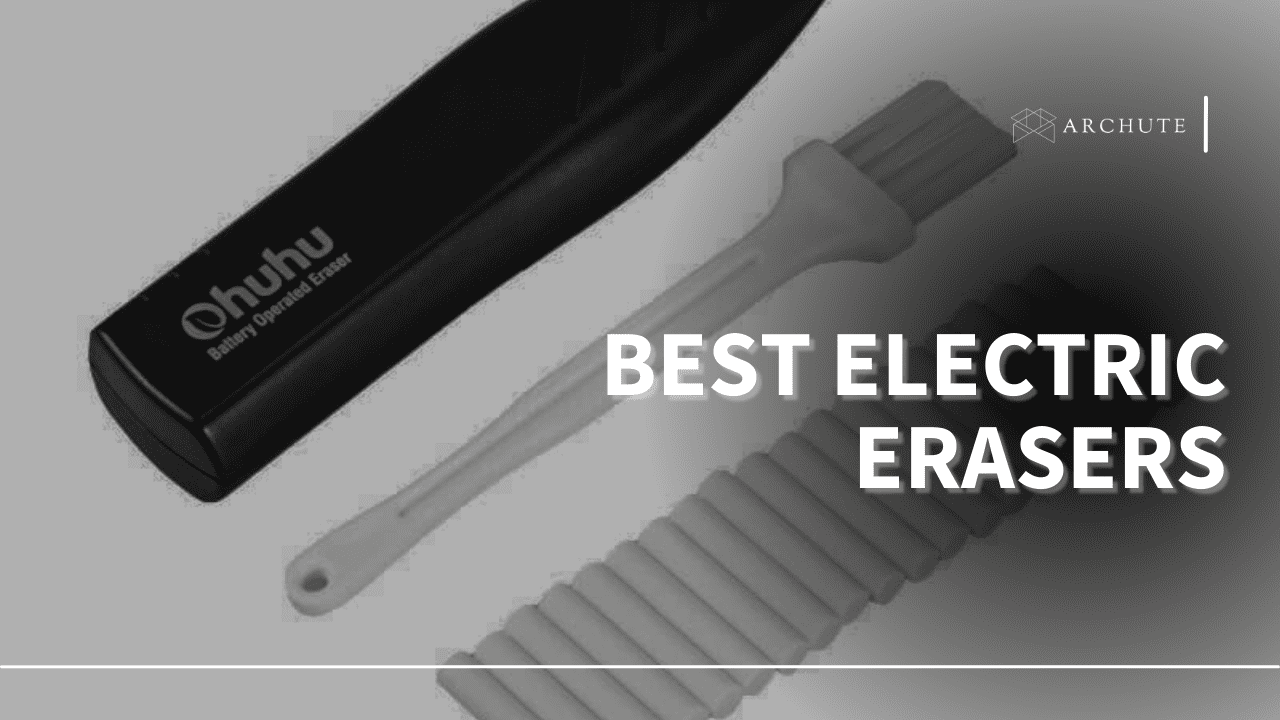Since it was invented in 1901, plexiglass has become a material you can use in many projects, from windows, aquariums, tripods, and most recently, with the coronavirus pandemic, as a face shield. Luckily, plexiglass is easy to repurpose, but you will need a few tricks to get the shape right. If you want to repurpose your sheet, I will show you how to bend plexiglass at home with simple tools.
A Quick Look into Plexiglass Sheets
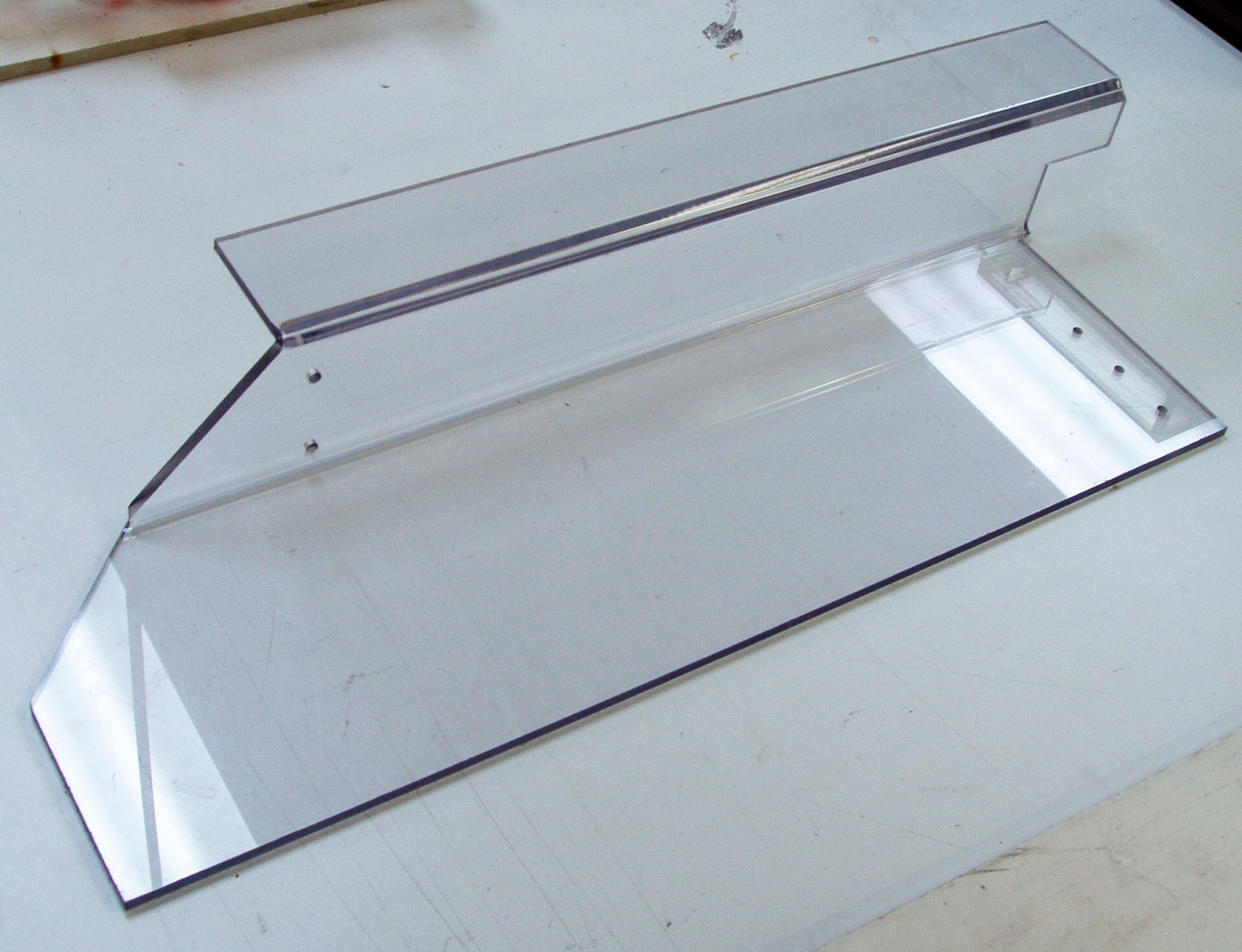
Image Credits: acrylicdepot.com
If you need the best material for most DIY projects that need a clear yet durable material, plexiglass is one to use. Plexiglass was invented by Otto Rohm of the Rohm & Haas company in 1901 and introduced to the wider market in 1933. When introducing it to the market, the company trademarked the sheets as Plexiglas, which is why the sheets adopted the plexiglass name.
Before the sheets were named, however, Otto Rohm was designing a lightweight, transparent, and shatter-resistant material that could withstand more abuse than glass. So he made the plexiglass a transparent and petroleum-based thermoplastic manufactured as sheets.
Plexiglass is also known as acrylic, acrylic glass, or by the scientific name, polymethyl methacrylate (PMMA). It is stronger with higher environmental stability than typical plastic materials and has higher impact strength than glass. In addition, the plexiglass sheets are easier and more affordable to design with than glass, which is why I recommend them for your home DIY projects.

Image Credits: youtube.com
This transparent glass substitute is easy to modify into wanted shapes for any project. For example, if you want to design bigger features of a house or building, you can use plexiglass sheets on windows, shower frames, and shelves, among other uses. But, for all these projects, you need to bend your plexiglass or acrylic sheet into the perfect shape.
How to Bend Acrylic Sheets at Home
You can use two DIY methods to bend acrylic sheets at home. As I share these methods, ensure you have the necessary supplies for the one you choose.
1. How to Bend Plexiglass Sheets with a Heat Gun

Image Credits: plasticsheetsshop.co.uk
With this first method, you need a heat source that treats the sheets so they can easily bend. However, I advise you to look into two things as you choose this method: first, ensure your plexiglass is not rated heat-withstanding, and finally, ensure your heat source can provide consistent and controlled heat to avoid damaging your plexiglass sheets.
If your acrylic sheet is not heat-withstanding, have the following supplies for a successful acrylic sheet project.
- A heat gun. If you do not have a heat gun, you can also get a butane torch or an embossing heat tool, but these are mostly ideal for heating smaller sheets.
- Scrap wood and strip wood jig
- The best circular saw or portable table saw
- Easy-release clamp
- Chinagraph pencil or permanent marker
- An architectural scale ruler
- Protective gear, including gloves and goggles
- Your plexiglass sheet
When you have all the supplies, here are the steps to follow when bending plexiglass.
Step 1: Calculate the best dimensions for the shape you want to create with the plexiglass sheets. For this step, use a scale ruler, compass, protractor, measuring stick, or a square, as these tools will help you determine where to bend the sheet material.
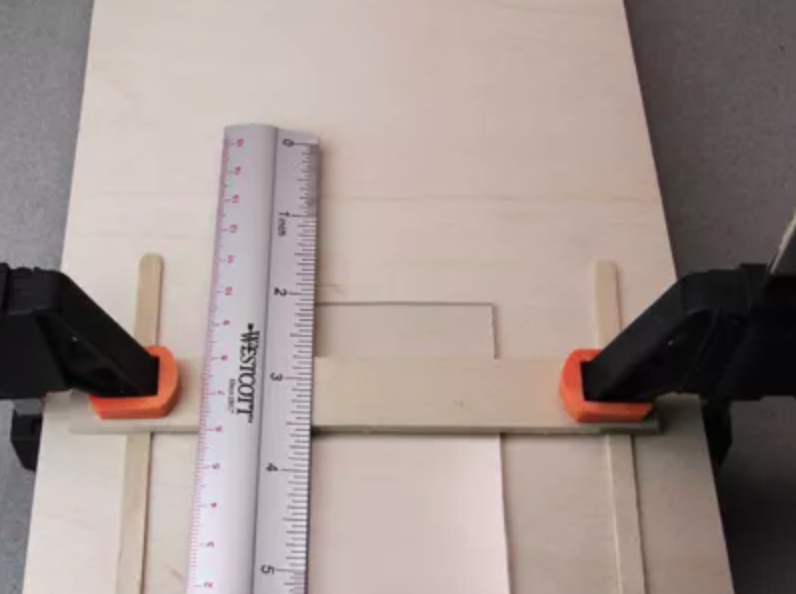
Image Credits: thespruce.com
After calculating the dimensions, use the chinagraph pencil or permanent marker to mark the spots on the plastic or acrylic sheet. Unfortunately, the permanent marker ink will stain your plexiglass, so I advise looking for a chinagraph pencil for the job.
Also, note that if your project requires drilling holes in the sheets, it is best to drill them before you bend the acrylic. So, calculate the best spots for drilling holes after you mark the bending dimensions.
Step 2: Prepare your workspace. In this step, you need to place your acrylic between two pieces of scrap wood, ensuring one of the pieces is the jig. If your jig needs readjusting, you can use the table saw to cut it into a preferable size and shape that will accommodate your plexiglass shapes.

Image Credits: obsessedwoodworking.com
When you align the sheets and the jig, hold them together with the easy-release clamp. At this point, also ensure you have another piece of scrap wood that you will use to handle the heated acrylic sheet.
Step 3: Prepare to heat the acrylic sheet. You can start applying heat to the bend line positioned precisely on the jig.
I advise you to hold the heat source at a right angle to the bend line when applying heat. Doing so will ensure you concentrate most heat on the plexiglass width for easier bending.
As you heat the plexiglass, use the extra piece of scrap wood to carefully push your sheet back and down to create the angle you want. Note that the heating process can take longer depending on how thick your plexiglass is, so be patient as you heat and bend the material.
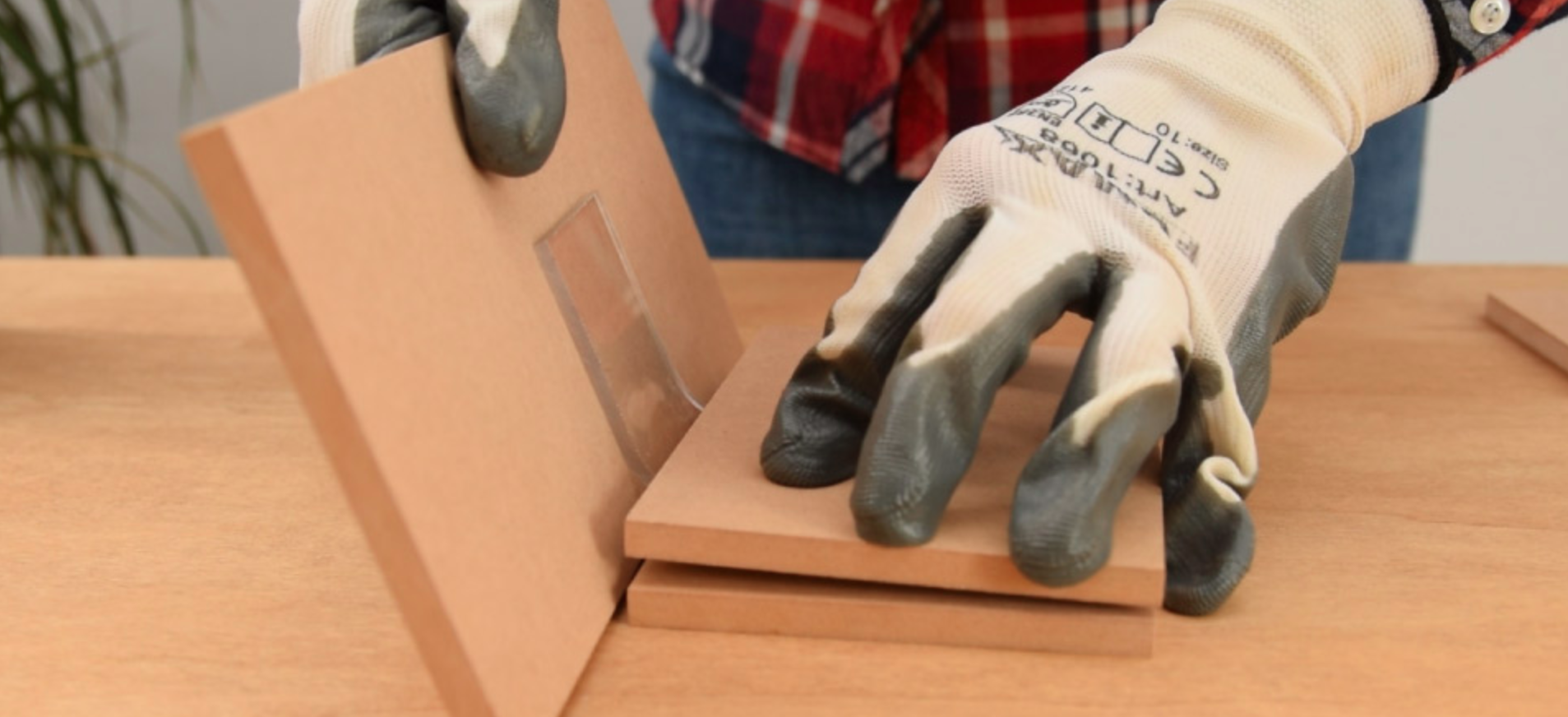
Image Credits: creativityhero.com
As the heated acrylic becomes easier to handle, that is, when you have heated the entire plexiglass width until it bends more easily; use your hands to push the sheet against your jig for the perfect shape.
If you want to bend the plexiglass sheet in several places, it is best to let the bent acrylic cool down completely before you work on the next angle.
Once you attain the desired acrylic shapes, remove the sheet material from the clamp and jig and leave it to cool to set the angles permanently.
2. How to Bend Acrylic Sheets with A Strip Heater
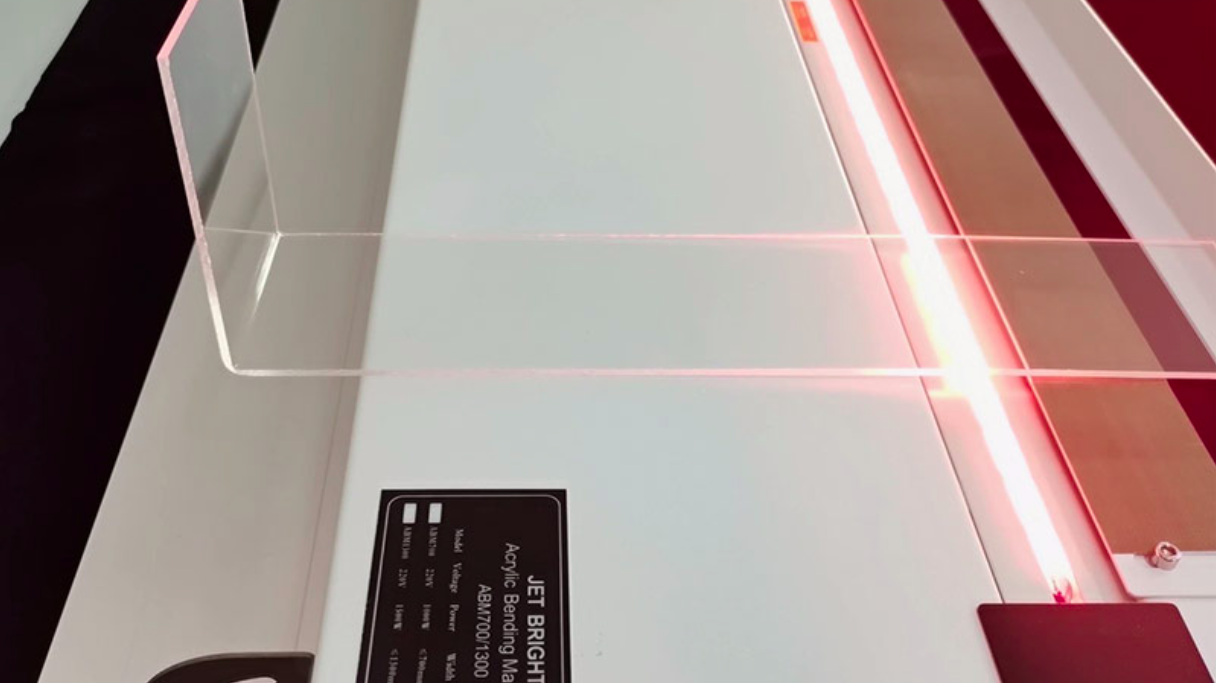
Image Credits: china-signtools.com
While using a heat gun is easy for small plexiglass sheets, you might need to opt for a stronger heat source for larger sheets. I recommend the strip heater for bigger sheets because it’s more effective and provides more heat to the area you want to bend. In addition, the strip heater applies direct heat on the plexiglass, so it bends faster, unlike the heat gun, which heats the air between the plexiglass and the heat gun.
These are the main supplies you need for this process;
- The strip heater
- Your plexiglass sheet
- Scrap wood
- A chinagraph pencil or permanent marker
- A jig
- Clamps
When you have everything, here are the steps to follow when bending your acrylic sheet.
Step 1: If necessary, measure the angles you want to bend for the best design. As you mark the angles, it is also good to overestimate the exact dimensions to accommodate the bent shape.
Once you have the best dimensions, use the chinagraph pencil or a permanent marker to mark the angles. You can mark the angles in a straight line or an angled line to make bending easier. Use a straight line to guide a straight bend or the angled line for an angled shape or design. Note, while you can remove the chinagraph pencil marks after heating, the permanent marker will leave a permanent mark.
In addition, now is the best time to drill holes in the plexiglass sheet as it would be harder to do so once you bend it. Ensure you drill the holes after marking the angles, so you don’t end up with holes in the bent lines after the following steps.
Step 2: Prepare the work area by using scrap wood to make a jig. This method will require more creativity when preparing the jig than when using a heat gun. For instance, you will need to cut the scrap wood to the shape you want to bend acrylic sheets because you will use the jig to shape your heated sheets.

Image Credits: instructubles.com
So, use a saw to cut the pieces of wood to the shape of your plexiglass design. When your pieces are ready, you can use acrylic glue or screws to hold the pieces at your desired angle. After creating the jig, also ensure you have an extra piece of wood to help push down the hot sheet when bending it. When the jig is ready, set it aside and heat acrylic sheets.
Step 3: Lay your plexiglass sheet on the strip heater before turning it on. Note that the strip heater can take a while before reaching the best temperatures for this process.

Image Credits: youtube.com
For this step, it is crucial that you place the marked lines directly above the heating element. After about 30 seconds of heating, turn the sheet and lay it on the other side for even heating. Keep turning the sides as you heat the acrylic slowly until it becomes quite flexible for easy bending.
Remember, the sheet can get awfully hot, so it is best to wear protective gloves to avoid burning your hands.
If you are unsure of keeping the marked line perfectly angled above the heating element, you can use clamps to hold the plexiglass in place.
Step 4: When the plexiglass is flexible enough for bending, wear your gloves so you can transfer the sheet to the earlier-prepared jig. Since the jig was designed for the plexiglass shape you want, you will only need to place the sheet on the pieces of wood and wait for it to take shape permanently.
But, ensure to match the marked lines to the angles on the jig, and gently push it down to conform to the shape as it cools. You can also use the extra piece of scrap wood to push the sheet down onto the jig to ensure it bends at the precise angle you designed. Once the sheet is aligned to the jig, leave it to cool on the jig to accentuate the correct angle. Only remove the sheet after it has cooled down completely and adopted the desired shape.
If bending your plexiglass more, it is best to let the first bend cool completely before heating the next angle. Then, once all the angles are bent, you can erase the chinagraph marks on the plexiglass and continue with your design.
Risks to Avoid When Bending a Plastic or Acrylic Sheet at Home
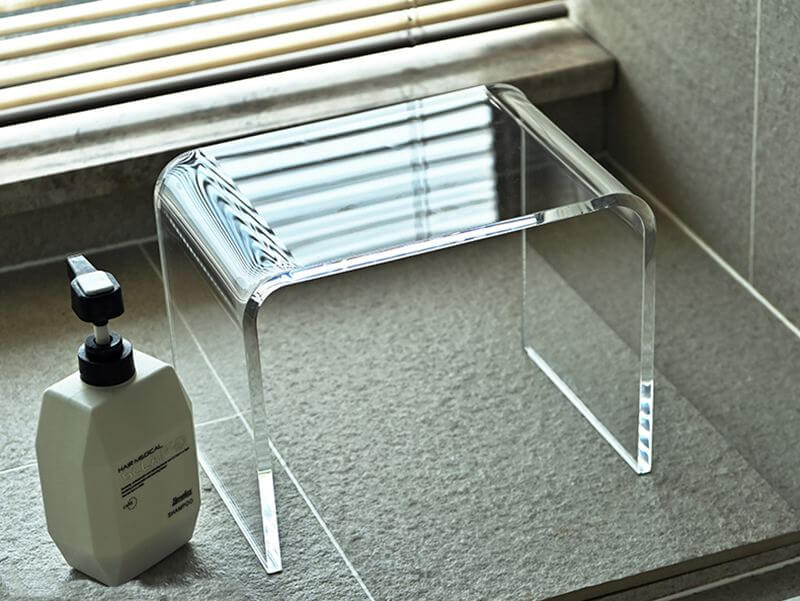
Image Credits: uvacrylics.com
While it may be easy to follow the above methods when bending your plexiglass sheets, there are still a few unwanted outcomes you can avoid. These include:
- Uneven bends. You can get an uneven bend if you do not expose the plexiglass to enough consistent heat before bending. In addition, an uneven bend can result from bending the material before it is flexible enough.
- Creating bubbles. This is an outcome you can not remedy and often happens when you apply the heat source too close to the material. Luckily, you can easily spot the bubbles in time to move the heat source further away to prevent further damage. But, to avoid the bubbles in the first place, avoid applying heat too close that you also start singeing the jig.
Frequently Asked Questions About Bending Acrylic Sheets
a) What do you need to bend acrylic or plexiglass sheets?
To create an angled design from your plexiglass sheet, you need to use a heat source to make bending it easier. You can use a heat or hot air gun or a strip heater to heat the entire width of your plexiglass sheet. After you apply heat, the material becomes more pliable, thus making it easy to bend to your design.
However, these two heat sources are best used for smaller projects. So, if you need to bend many sheets of plexiglass, I would advise looking for professionals with industrial equipment to bend plexiglass using various methods such as cold bending, drape forming, and thermoforming.
b) When is plexiglass ready for bending?
As a thermoplastic homopolymer material, plexiglass is easy to bend after heating. However, to guarantee the best results, you will need to slowly heat it to 320 degrees Fahrenheit or 160 degrees Celsius. The material becomes soft when exposed to this temperature consistently so that you can bend it easily with your hands.
c) Can I use my hair dryer to heat plexiglass sheets?
You can use a hair drier on a low setting to heat a thin plexiglass sheet. However, the hair dryer might not be the best tool for a thicker sheet as it will not provide the consistent temperature required to make the material pliable.
d) Are acrylic and plexiglass sheets the same thing?
If looking for a material you can use for your DIY or professional projects, there is almost no notable difference in the look and feel of both acrylic and plexiglass plastic sheets. However, the two are manufactured through different processes.
The acrylic sheets are made through extruded or cell cast processes, while plexiglass is made only through the cell cast process. Therefore, considering the manufacturing processes, you could argue the acrylic sheet is more durable. However, plexiglass also holds up for a very long time.

